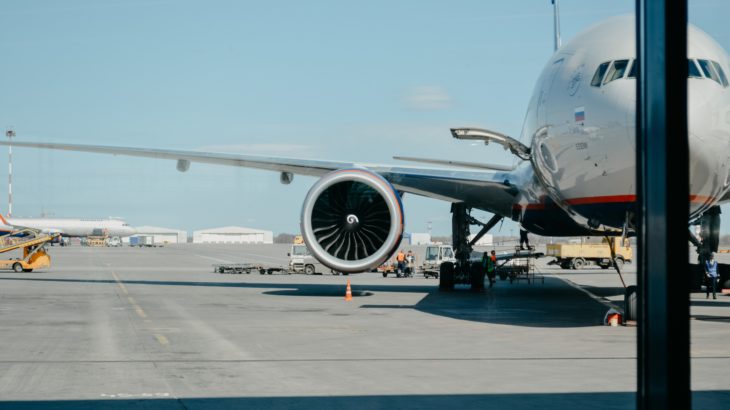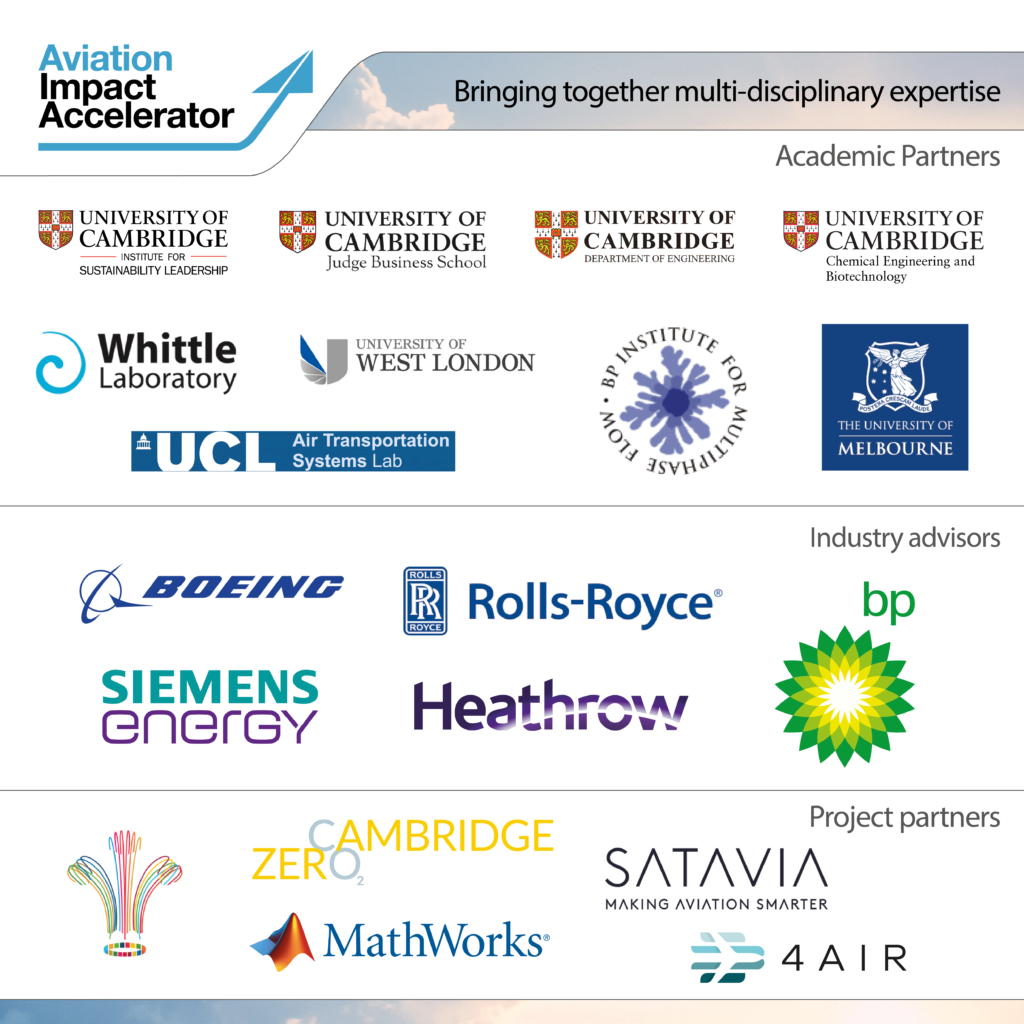Accelerating pathways to climate neutral aviation

Transitioning to net-zero aviation is one of the more challenging considerations for experts and policy makers assembling at COP26, but a research collaboration building an interactive model to explore solutions could be the key to a greener future for air travel. The project’s manager Beth Barker explains its significance.
This autumn, the world has come to the UK to discuss its future. The COP26 climate summit in Glasgow is seeing a wave of new commitments, pledges and initiatives as governments set out their plans to achieve the goal of net zero climate emissions. Alongside governments, businesses, investors, academics, civil society organisations and more all set out their own aspirations to contribute to this accelerating ‘race to zero’.
Even before the summit started, around 80% of the global economy was covered by some kind of net zero goal. But the priority now will need to be meeting this admirable ambition with rapid action.
Unlocking change
Unfortunately, international aviation has often lagged behind in this discussion. It was left out of the 2015 Paris Agreement on climate change, and the sector’s complex global governance, under bodies like ICAO (International Civil Aviation Authority), has made rapid progress challenging. However, this seems to be now changing: in 2021 the UK government included emissions from international aviation in their climate targets for the first time, and in October 2021 the International Air Transport Association (IATA) committed to achieving net-zero carbon emissions by 2050. Initiatives like Clean Skies for Tomorrow and the UK’s Jet Zero council are developing new plans and actions to unlock real change.
This reflects the realisation that the aviation sector must deliver for the climate. Before the COVID-19 pandemic, aviation was responsible for 2-3% of global annual CO2 emissions. However, once we take into account non-CO2 emissions, including nitrogen oxides, water vapour, aerosols and soot (including contrails), the true climate impact of aviation could be 2-5 times larger.
Technical constraints
The technical constraints on flight are tight, the timeline is short, and the embedded systems are complex. Transitioning to net-zero aviation requires navigating both challenges related to technical change and a complex economic, behavioural and policy landscape. Airlines, airports, energy companies, aircraft manufacturers, innovators and investors are all looking for pathways to climate neutral aviation, but no one within the sector understands the whole picture, which is vital to identify a clear way forward.
This is why the University of Cambridge, with partners including University College London, the University of West London and the University of London, has created the Aviation Impact Accelerator (AIA) project, which aims to build a global interactive model to explore the transition to sustainable aviation. The project is powered by a world beating team of both deep and wide expertise – including academics from around the world, industry advisers and organisational partners, with support from one of the world’s leading sustainability advocate, HRH The Prince of Wales.

While existing aviation climate calculators available to the public tend to only consider the carbon emissions produced by aircraft during flight, this doesn’t accurately reflect the total climate impact of the industry, or the potential of different solutions to address these impacts.
Whole system approach
The AIA’s simulator employs a whole system approach, examining the climate impact of the industry from power generation to fuel production and to the flight itself, as well as exploring future technologies that will help unlock climate neutral flight. Connections between different technologies, behaviours, business models and policies will be made visible, allowing various scenarios to be played out and providing insight into what could work to accelerate the transition to net zero flight. Through their simulator, the AIA aspires to guide innovation, investment and policy action, by enabling decision makers to gain an understanding of the whole system, the potential for change and the trade-offs between decisions.
Zero climate impact flight is possible, but the challenge is enormous. International collaborations like the AIA, which can offer a rigorous yet accessible way to visualise the whole aviation system, have the potential to uncover opportunities for change that can be endorsed by policymakers and industry players, financed by investors, and supported by the public in order to achieve climate neutral aviation by 2050.
Project details
The AIA is a collaboration involving academic partners at the University of Cambridge, the University of West London, University College London, BP Institute for Multiphase Flow and the University of Melbourne.
The project’s industry advisors are Boeing, Rolls-Royce, BP, Siemens Energy and Heathrow. Other partners involved in the project are listed on the AIA’s project webpage.
The project leads are Professor Rob Miller, director of Whittle Lab, David Pitchforth, Fellow CISL, Prof Tony Purnell, Royal Academy of Engineering visiting Professor, Department of Engineering and Eliot Whittington, director of policy, CISL.
The simulator is still in the prototype phase and so is not yet available to the public. For more information about the project visit the AIA webpage
If you are interested in contributing to the project as a partner or funder please contact Beth Barker, AIA manager: beth.barker@cisl.cam.ac.uk


